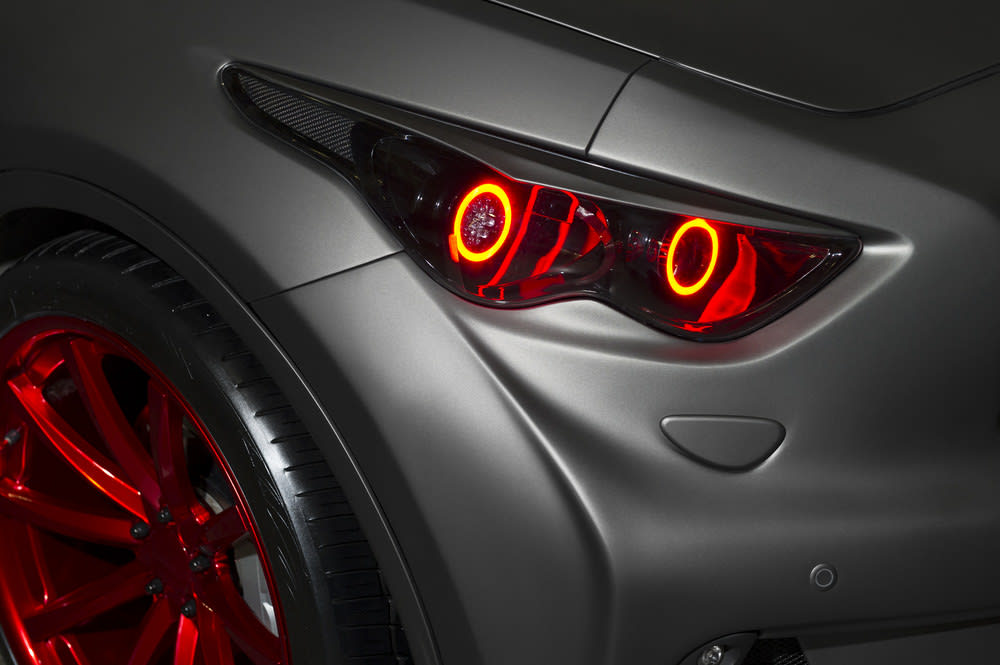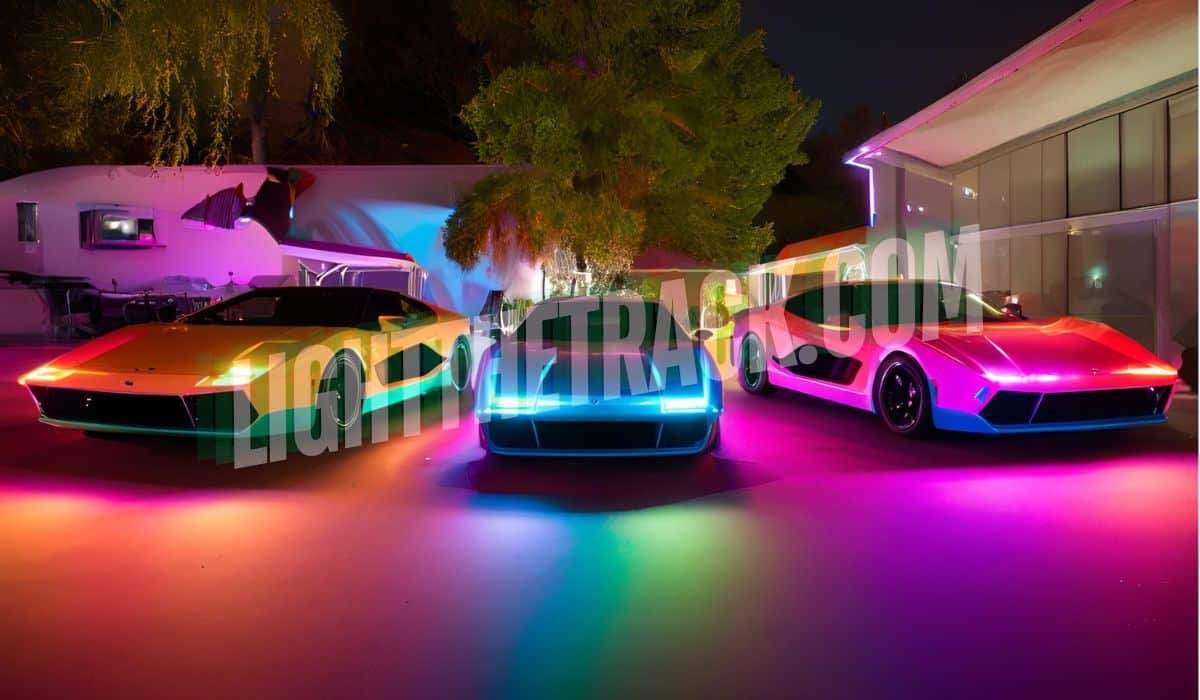Headlights must be either white or amber, as per federal and state regulations. Any other color is usually illegal.
Introduction to Headlight Color Regulations
Understanding the legal requirements for the color of headlights is crucial for vehicle owners. Each state has its own set of regulations regarding headlight colors, but there are also federal guidelines that all states must adhere to. Knowing the legal parameters can prevent unnecessary fines and ensure safety on the road.

Credit: www.yourmechanic.com
Table of Headlight Color Regulations by State
| State | Legal Headlight Colors | Additional Notes |
|---|---|---|
| Federal (USA) | White, Amber | All states must follow these federal guidelines. |
| Texas | White, Amber | Any other color visible from the front is illegal. |
| California | White, Amber | Similar to Texas; strict enforcement of federal guidelines. |
| Other States | White, Amber | Check local laws for specific variations or exceptions. |
White and Amber: The Standard Colors
The standard colors for legal headlights are white and amber. These colors provide the best visibility and are less likely to cause distractions or confusion on the road. The Federal Department of Transportation requires all new cars sold in the United States to have white headlights, with amber also being allowed. Any other color of light visible from the front of the vehicle is illegal.
State-Specific Laws and Differences
Each state has specific laws regarding headlight colors, typically requiring white or amber lights only. Using any other color visible from the front of the vehicle is usually illegal, including blue or yellow tints. It’s essential to check your state’s regulations to ensure compliance.
Tail Light Laws: Tail Light Tinting Legal Guidelines
The Controversy Around Blue and LED Headlights
The controversy surrounding blue and LED headlights revolves around their safety concerns and legal status. Many people debate the use of blue LED headlights due to their brightness and potential blinding effect on other drivers. While some argue that blue LED headlights offer better visibility and aesthetics, others contend that they can distract and impair the vision of oncoming drivers.
Legal Status of Blue LED Headlights
The Department of Transportation (DOT) requires headlights to be either white or amber. Any other color of light visible from the front of the vehicle is usually considered illegal. However, some states may allow slight variations, such as headlights with a faint blue tint.
Credit: www.quora.com
Understanding Color Temperature in Headlights
Understanding color temperature in headlights is crucial, especially when considering what color headlights are legal. In the United States, headlights must be white or amber to comply with federal regulations. Using any other colors could lead to legal issues and penalties.
Defining Color Temperature
Color temperature is a measurement of the light source’s hue, measured in Kelvin (K). Higher temperatures represent cooler tones, while lower temperatures represent warmer tones. The most common color temperatures for headlights are 4300K, 6000K, and 8000K.
How Color Temperature Affects Headlight Color
The color temperature of the headlight affects its color. Headlights with a lower color temperature appear yellow or warm white, while those with a higher color temperature appear blue or cool white. However, the color of the headlight does not necessarily affect its legality.
Custom Headlights and Legal Risks
Modifying headlights can result in legal consequences if the colors used are non-compliant. Federal regulations require headlights to be either white or amber. If any other color of light is visible from the front of the vehicle, it is generally considered illegal. This rule applies to all types of vehicle lights, including roof lights, under-glow, and engine compartment lighting.
Ensuring Your Vehicle Complies with Headlight Laws
Ensuring your vehicle complies with legal requirements by using only white or amber headlights is essential to avoid legal issues.
Steps to Check Headlight Legality
- Inspect the brightness and color of your headlights.
- Review state laws on acceptable headlight colors.
- Make adjustments as necessary to meet regulatory requirements.
When to Consult a Professional
If you have doubts about the legality of your headlights, seek guidance from a qualified automotive expert. Professional advice can help you avoid legal issues.
Frequently Asked Questions
What Color Can You Have Your Headlights?
Headlights must be white or amber in color as per federal regulations in the United States. Using any other color visible from the front of the vehicle is usually illegal.
Are LED Headlights Going to Be Illegal?
No, LED headlights are not going to be illegal. However, all headlights, including LED headlights, must comply with federal regulations. All US states require legal headlights to be either white or amber.
Are Yellow Headlights Legal in the US?
The federal Department of Transportation requires all new cars to have white headlights, so yellow headlights are not legal.
Can I Have Blue LED Headlights on My Vehicle?
Most states require headlights to be white or amber, making blue LED headlights illegal in many areas.
Conclusion
When it comes to the legality of headlight colors, it is important to adhere to the regulations set by the Department of Transportation. In the United States, headlights must be white or amber, and any other color of light visible from the front of the vehicle is typically illegal. Always ensure that your headlights comply with the specific laws in your state to avoid any legal issues.


Leave a Reply